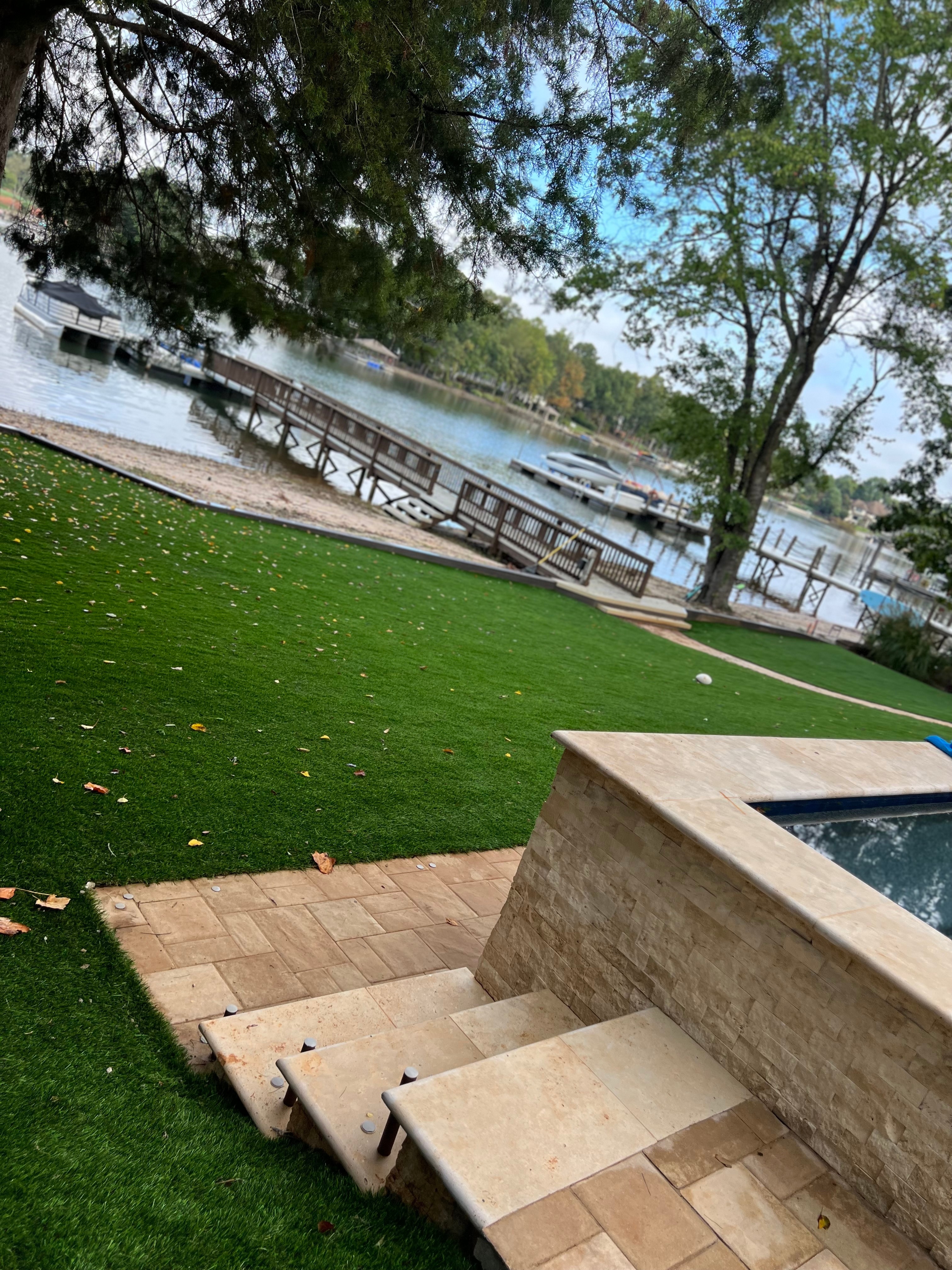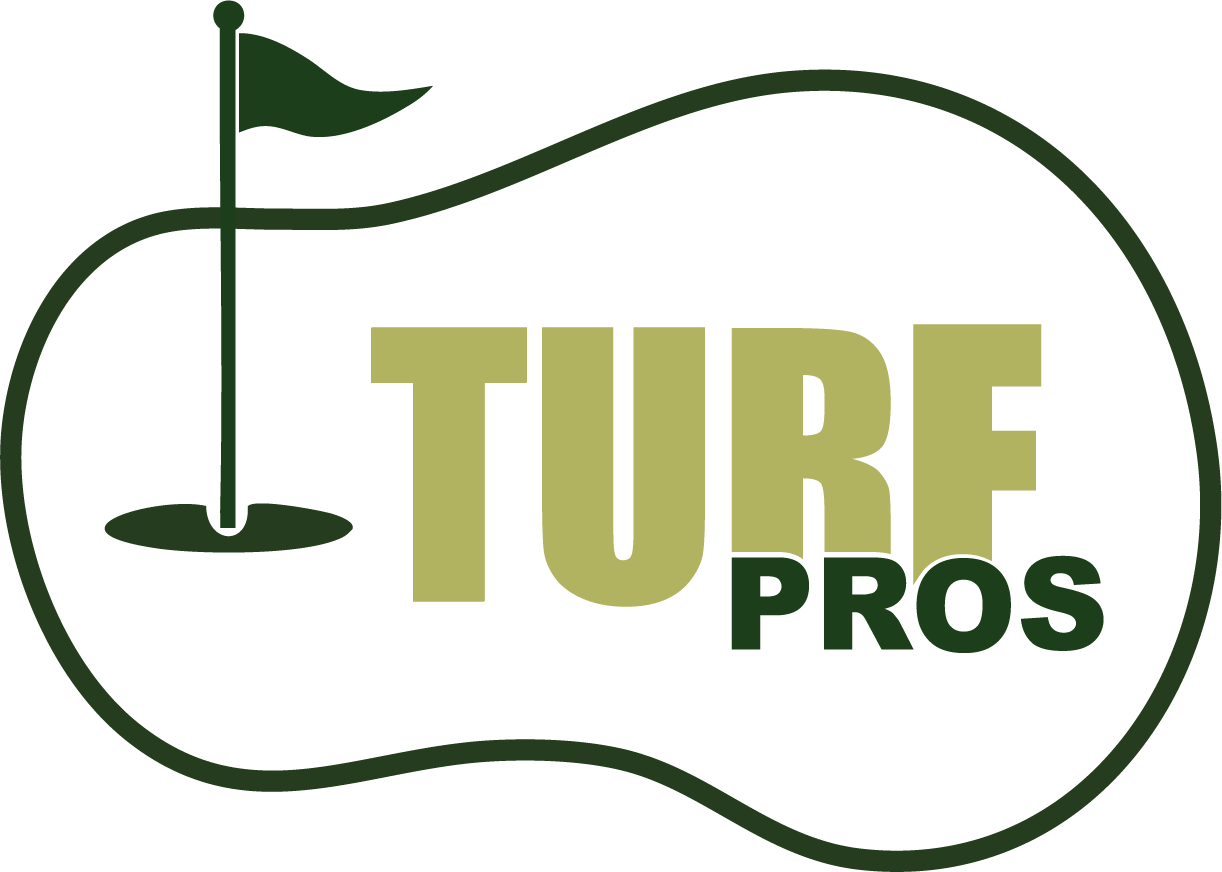The True Cost of Artificial Turf: A 2025 Investment Breakdown

When considering a major home improvement project, the first question on everyone's mind is: "What's it going to cost?" The conversation around artificial turf is no different. While the lush, evergreen appearance and low-maintenance lifestyle are appealing, the initial price tag can give homeowners pause. However, viewing artificial turf solely as an upfront expense is missing the bigger picture. It's a long-term investment in your property, your finances, and your time.
To understand the true value of synthetic grass, you need to look beyond the initial quote. This comprehensive guide will break down every financial aspect of choosing artificial turf in 2025. We'll explore the factors that determine the upfront cost, conduct a detailed cost comparison with a natural lawn, and calculate the real return on your investment (ROI). By the end, you'll see why millions of homeowners are concluding that artificial turf isn't just a purchase—it's one of the smartest financial decisions they can make for their property.
Breaking Down the Upfront Cost of Artificial Turf
The price of a professional artificial turf installation is typically quoted per square foot. This all-inclusive rate covers materials, labor, and site preparation. While prices vary based on location and specific project details, understanding the components of the cost will help you see where your money is going.
1. The Turf Itself: Quality Matters
The single biggest material cost is the turf product you select. Just like carpet or flooring, artificial turf comes in various grades of quality, style, and functionality.
- Pile Height & Density: Taller, denser turf feels more luxurious and looks fuller, but it also costs more.
- Materials: Most modern turf is made from polyethylene or polypropylene fibers, which are soft yet resilient. Advanced products may include nylon for extra strength or specialized cooling technology.
- Backing Technology: The backing is crucial for drainage and durability. A 100% permeable, polyurethane backing is superior for pet installations and overall longevity compared to standard latex backings with punched holes.
2. Site Preparation: The Foundation of Quality
This is the most labor-intensive part of the project and is critical for a long-lasting, beautiful result. Proper preparation prevents sinking, weeds, and drainage problems.
- Demolition and Removal: The existing lawn, weeds, and soil must be excavated to a depth of 3-4 inches.
- Grading and Base Installation: A multi-layer sub-base of crushed rock is installed, graded for proper drainage, and heavily compacted to create a stable foundation.
- Weed Barrier: A high-quality geotextile fabric is laid down to prevent weed growth from below.
3. Infill: The Unsung Hero
Infill is the granular material spread between the turf fibers. It provides stability, protects the backing from UV rays, and helps the grass blades stand upright.
- Standard Infill: Rounded silica sand is a common and cost-effective option.
- Specialized Infill: For a higher cost, you can opt for infills with advanced properties, such as antimicrobial coatings for pet hygiene or heat-reducing technology for comfort in hot climates.
4. Labor and Expertise
You are paying for the skill, experience, and efficiency of a professional crew. Their expertise ensures that seams are invisible, edges are secure, and the final product is flawless. This cost also covers specialized equipment, logistics, and warranty protection.
The Hidden Costs of a Natural Lawn: A 10-Year Comparison
To understand the ROI of artificial turf, you must compare it to the relentless, ongoing expenses of maintaining a natural grass lawn. Let's analyze the estimated 10-year cost for a hypothetical 1,000 sq. ft. lawn.
Natural Grass Lawn - Estimated 10-Year Maintenance Costs:
- Watering: ($400-$800/year) x 10 years = $4,000 - $8,000
- Mowing & Edging: (DIY equipment/fuel or service at ~$150/month for 6 months) ($900/year) x 10 years = $9,000
- Fertilizer & Weed Control: ($200-$400/year) x 10 years = $2,000 - $4,000
- Aeration & Overseeding: ($150-$300/year) x 10 years = $1,500 - $3,000
- Pest & Disease Control: (Variable, avg. $100/year) x 10 years = $1,000
Total 10-Year Cost for Natural Grass: $17,500 - $25,000
This calculation doesn't even include the cost of your own time, which is arguably your most valuable asset.
Artificial Turf Lawn - Estimated 10-Year Maintenance Costs:
Let's assume an average upfront installation cost of $10 - $15 per sq. ft. for our 1,000 sq. ft. lawn.
- Upfront Installation Cost: $10,000 - $15,000
- Maintenance: (Occasional water for rinsing, maybe a bottle of cleaner) (~$50/year) x 10 years = $500
Total 10-Year Cost for Artificial Turf: $10,500 - $15,500
Calculating Your Break-Even Point and ROI
As the comparison shows, despite the higher initial cost, artificial turf becomes the more affordable option over time. The "break-even point" is when your savings from not maintaining a natural lawn equal your initial investment in turf.
Using our example, the annual savings are between $1,750 and $2,500. If your installation cost was $12,000:
$12,000 (Upfront Cost) / $2,000 (Avg. Annual Savings) = 6 Years (Break-Even Point)
This means that for every year you own the turf after year 6, you are effectively saving over $2,000 annually. Given that high-quality turf systems last 15-25 years, the total ROI is substantial. Over a 20-year lifespan, your total savings could exceed $25,000, more than paying for the initial installation.
Beyond the Numbers: The Lifestyle ROI
The financial return is compelling, but the return on your lifestyle is priceless. Consider the value of:
- Reclaiming Your Weekends: No more mowing, weeding, or fertilizing.
- A Cleaner Home: No more muddy paws or grass clippings tracked inside.
- A Safer Space: A yard free from toxic pesticides and fertilizers for your kids and pets.
- Enhanced Property Value: A pristine, low-maintenance lawn is a major selling point that increases curb appeal and property value.
Conclusion: A Smart Investment in Your Home and Future
When you analyze the numbers, the conclusion is clear. The initial cost of artificial turf is not just an expense; it's a pre-payment for decades of savings on water, supplies, and maintenance. It's an investment that offers a clear financial ROI within a few years and continues to pay dividends long after.
By choosing artificial turf, you are investing in a durable, beautiful, and valuable asset for your home. You are buying back your time, reducing your environmental footprint, and creating a safer, cleaner space for your family to enjoy.
Ready to see what the true cost and savings would be for your specific property? Contact Turf Professionals today for a free, no-obligation estimate. We'll provide a detailed breakdown so you can make the best investment decision for your home.
